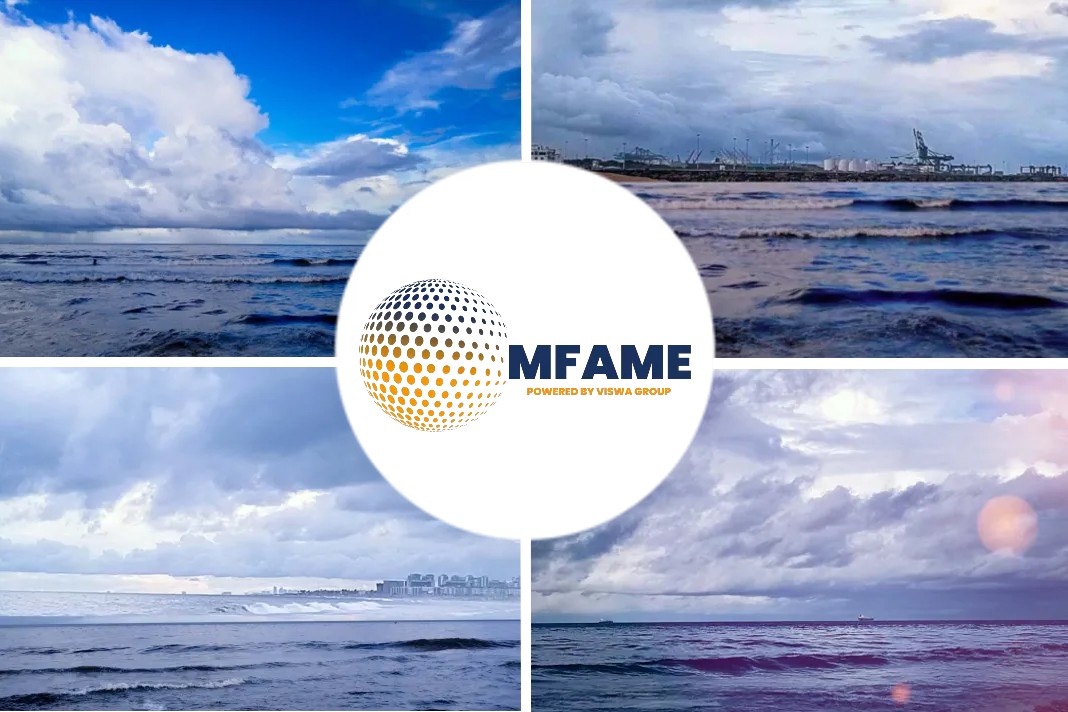The IMO’s Marine Environmental Protection Committee (MEPC) has reinforced regulations requiring all ships to install ballast water management systems (BWMS).
With discussions at the IMO’s Marine Environmental Protection Committee’s 72nd session (MEPC 72) has a firm stand against no further lobbying to either extend deadlines or exempt certain ships, and there can no longer be any denial that ships will need ballast water management systems installed.
No more talks
Ballast water compliance starting in September 2019, the 2020 sulphur cap, and now huge efficiency gains or emissions cuts required in the next 30 years, all remind us that now the talking has been done, it’s time for actions. But as owners are starting to find now with the 2020 sulphur deadline, having a plan in place well in advance can at least ease the process, if not necessarily make it simple and painless.
Ship owners in a que
Under current market conditions, a BWMS retrofit project could have up to 12 months lead time from project launch to completion. Orderbooks are already building for installation dates between 2019 and 2022. With the additional pressure of peak demand and long waiting lists for BWMS installation, owners who wait too long may either find themselves non-compliant or forced to install a sub-standard solution for their vessel type and operational profile.
“A BWMS retrofit project could have up to 12 months lead time from project launch to completion.”
Owners may also wish to review the list of technology suppliers with US Coast Guard (USCG) type approval already in place or going through the application process.
BWMS onboard compliance
Tanker owners, in particular, have specific requirements to consider when taking into account hazardous areas onboard like the pump room, where ballast water treatment systems are situated.
De Nora has specialised in delivering solutions that make the process of selection, design, installation and operation easy for tanker owners who need to ensure hazardous zone compliance without compromising cargo capacity.
BALPURE® is approved for hazardous zone installation and is available in both pump room and deck mounted configurations.
There are already dozens of ships safely ballasting and deballasting with this type of system, including the Aframax crude tanker, on which De Nora conducted USCG shipboard testing.
Positive installs so far
As we saw in the 2017 ABS survey on ballast water, 57% of BWMS already installed on vessels are operating. This means that for most of the industry, the experience of BWMS so far has been positive.
But it needs real divergence of experiences,on choosing the right system type, supplier, crew training and proper installation of the systems that will determine its success.
Effective planning and putting in place partnerships now might help ship owners to get the system they need, from reliable long-term partners to support the future of their business.
Did you subscribe for our daily newsletter?
It’s Free! Click here to Subscribe!
Source: Ship Technology


























